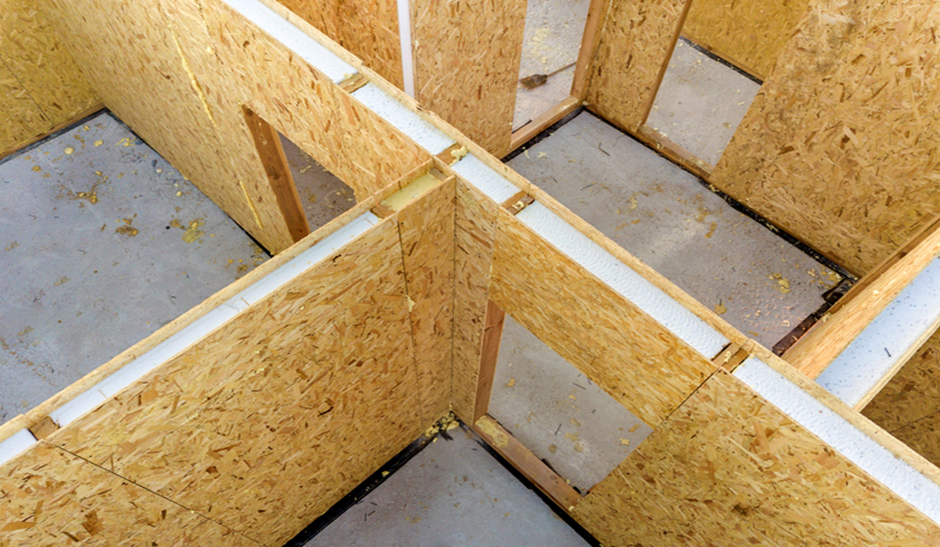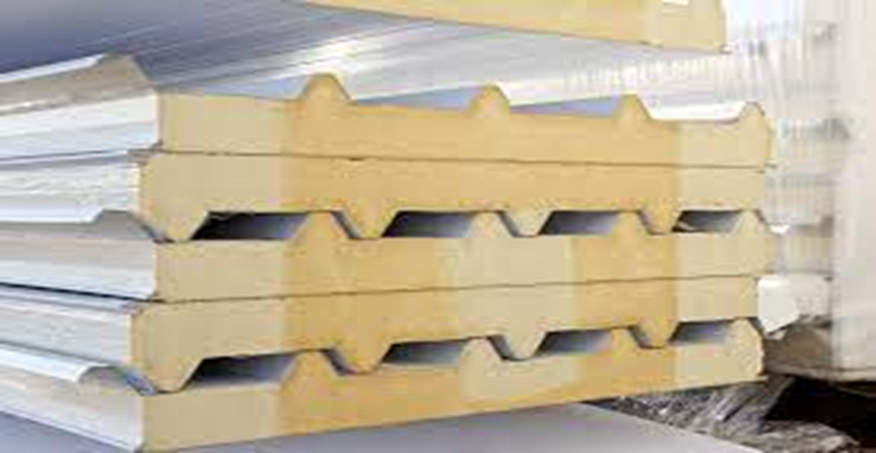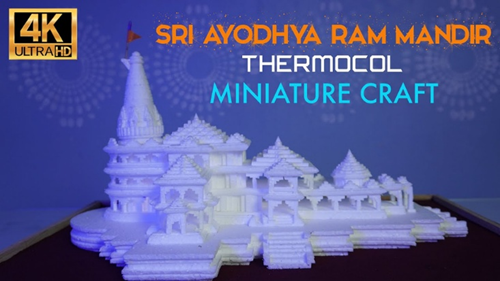Production of Flexible Polyurethane Slab stock Batch Foam
Flexible polyurethane slab stock foam is a versatile material commonly used in furniture, bedding, automotive seating, and packaging. It is produced through a batch process, where raw materials are mixed and allowed to expand under controlled conditions to form foam blocks.
1. Raw Materials
The production of flexible polyurethane slab stock foam requires the following key raw materials:
Polyol: The primary base material that forms the foam's structure.
Isocyanate (TDI or MDI): Reacts with polyol to create the polyurethane polymer.
Blowing Agent: Generates gas to expand the foam (e.g., water, CO₂, or chemical blowing agents).
Catalysts: Control the reaction rate (e.g., amine-based or tin-based catalysts).
Surfactants: Stabilize foam cells and ensure uniformity.
Additives: Enhance properties (e.g., flame retardants, colorants, or fillers).
2. Batch Production Process
The production process involves the following steps:
Pre-Mixing:
Polyol, blowing agents, surfactants, and additives are combined in a pre-mixing tank.
This ensures a homogeneous mixture before the main reaction.
Main Mixing:
The pre-mixed formulation is transferred to a mixing chamber.
Isocyanate is added, and catalysts are introduced to initiate the chemical reaction.
Pouring and Expansion:
The mixture is poured into an open mold or onto a flat conveyor.
The reaction between polyol and isocyanate generates carbon dioxide, causing the mixture to expand.
The foam rises and solidifies into a large slab.
Curing:
The expanded foam slab is left to cure at room temperature.
Curing ensures the completion of the chemical reaction and stabilizes the foam's structure.
Cutting and Trimming:
The cured foam slab is cut into specific shapes and sizes using horizontal or vertical saws.
Excess material is trimmed to achieve the desired dimensions.
Storage and Packaging:
The foam blocks are stored to allow the release of any residual gases.
After storage, the foam is packaged and prepared for transportation or further processing.
Key Features of the Process
Customization: The foam's properties (e.g., density, hardness, resilience) can be tailored by adjusting the raw material ratios and additives.
Batch Flexibility: The batch process allows for small-scale production and easy adjustments to meet specific requirements.
Quality Control: Each step is monitored to ensure the foam meets the desired specifications.
 |
For All Your Flexible PU Foam Needs – Contact Us!
If you're looking for
high-quality Flexible PU Foam, custom PU Foam blocks,
expert consultation on PU Foam Plants, raw materials, production processes, and
manpower solutions & services, we’ve got you covered. Our team specializes
in providing durable, lightweight, and cost-effective PU Foam solutions
tailored to your requirements.
📞 Reach out to us
today for inquiries, quotes, or consultations!
📧
Email: saras.foam@gmail.com
📍
Address: Saraswati Foam
Babail Road, Chottu Ram Chowk, Panipat, Haryana
+919215882111 – Mr Vinod Goyal



%20A%20container%20being%20weighed%20on%20a%20digital%20s.webp)

















